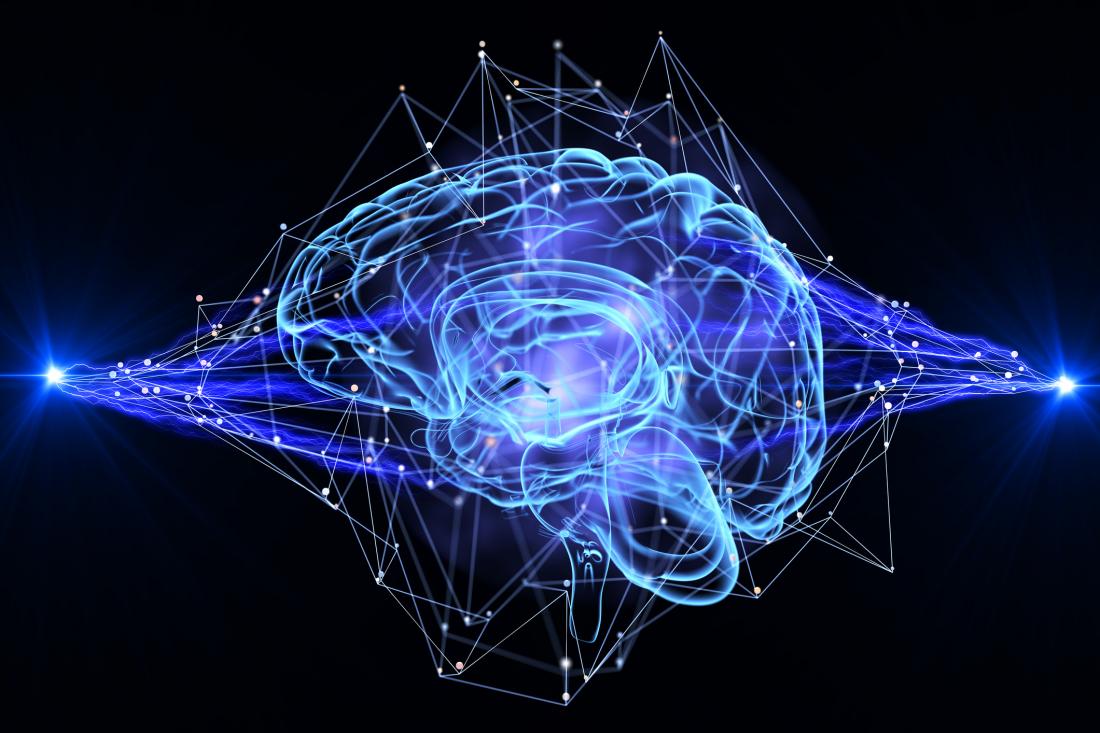According to a recent Harvard University study, a tiny population of neurons near the base of the brain can cause disease symptoms such as fever, appetite loss, and warm-seeking behaviour.
When someone develops an infection, most people believe it’s the immune system going into overdrive because they experience symptoms of the body’s natural defences such as fever, chills, or exhaustion. Most people are unaware that it is the brain underlying all of this. This is what happens: The brain system communicates with the immune system to determine if the body is infected, and then it orchestrates a sequence of behavioural and physiological changes that appear as unpleasant symptoms of illness.
Long-standing issues for neuroscientists have been: How and where does this happen in the brain? The solution was found in the brains of mice by Harvard researchers Catherine Dulac and Xiaowei Zhuang.
The researchers and their partners describe identifying a tiny population of neurons at the base of the brain that may cause illness symptoms such as fever, hunger loss, and warm seeking behaviour in a recent study published in Nature.
The neurons, which have never been described before, are discovered in the hypothalamus, a portion of the brain renowned for mediating important homeostatic activities that keep the body balanced and healthy.
The researchers discovered that some neurons had receptors capable of directly sensing chemical signals from the immune system, which other neurons lack.
“It was critical for us to show this general concept that the brain can even feel these immunological conditions,” said Jessica Osterhout, a postdoctoral researcher in the Dulac Lab and the study’s main author. “Previously, this was poorly understood.”
The critical portion of the hypothalamus was discovered to be immediately close to a permeable section of the brain called the blood-brain barrier, which helps flow blood to the brain.
“What happens is that the cells of the blood-brain barrier that are in contact with the blood and the peripheral immune system become activated, and these non-neuronal cells secrete cytokines and chemokines, which in turn activate the population of neurons that we discovered,” explained Dulac, Lee, and Ezpeleta Professor of Arts and Sciences and Higgins Professor of Molecular and Cellular Biology.
The goal is that scientists may one day be able to utilise their understanding of how this mechanism works to target the process in humans and reverse it when it becomes harmful to someone’s health.
A fever, for example, is normally a good response that aids in the elimination of a disease. However, if it becomes too high, it might be harmful.
The same may be true for a reduction of appetite or a decrease in thirst, which might be advantageous at first. However, a chronic shortage of nutrition or fluids might stymie healing.
“If we know how it works, maybe we can help people who have trouble with these types of symptoms, like chemo patients or cancer patients who have a really poor appetite but there’s really nothing we can do for them,” Osterhout said.
The work began as an investigation into what is known as the fever effect in autistic patients. It’s a condition in which autistic persons experience a decrease in autism symptoms when they have symptoms of an illness, such as a fever.
The objective was to discover the neurons that cause fever and connect them to the neurons that control social behaviour.
Osterhout discovered several groups of neurons that are active when an animal is unwell. Because of their proximity to the blood-brain barrier, she focused on roughly 1,000 neurons in the ventral medial preoptic portion of the hypothalamus.
Osterhout treated mice with pro-inflammatory chemicals, lipopolysaccharide or polycytidylic acid, to identify the distinct regions of neurons that get activated. She examined the parts of the brain that were illuminated in the brain scans.
Osterhout and colleagues then employed chemo- and optogenetics, a strong and precise set of tools, to manipulate and analyse the connection between distinct neuronal populations. Using these techniques, they were able to activate or mute these neurons in the brains of mice on command and then see what happened.
The researchers discovered that by employing these techniques, they could raise mouse body temperature, boost warmth seeking behaviour, and decrease hunger. According to the paper, the neurons described project to 12 different brain locations, some of which are known to govern hunger, pain sensation, and social relationships. This shows that the cell activity here may potentially influence other illness behaviours.
During the trials, the scientists detected greater activity and activation in this group of neurons when immune system chemicals released more messages. This implies that the brain and immune system were interacting with each other via paracrine signalling at the site where they concentrated their attention — the ventral medial preoptic region and the blood-brain barrier directly adjacent to it. Paracrine signalling occurs when cells produce a signal that causes changes in neighbouring cells.
Osterhout stated that the approach broadened her understanding of how neurons function.
“As neuroscientists, we frequently think about neurons triggering other neurons and not how important these other paracrine or secretion type techniques are,” she explained. “It altered my perspective on the situation.”





